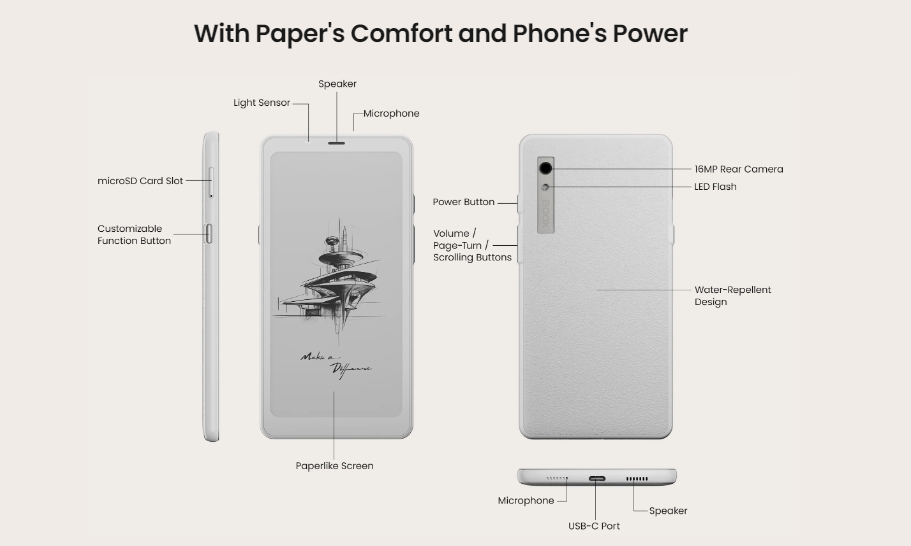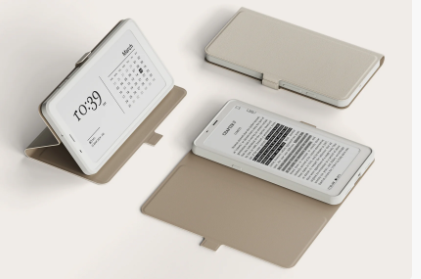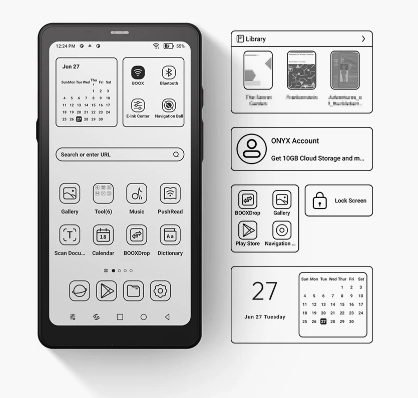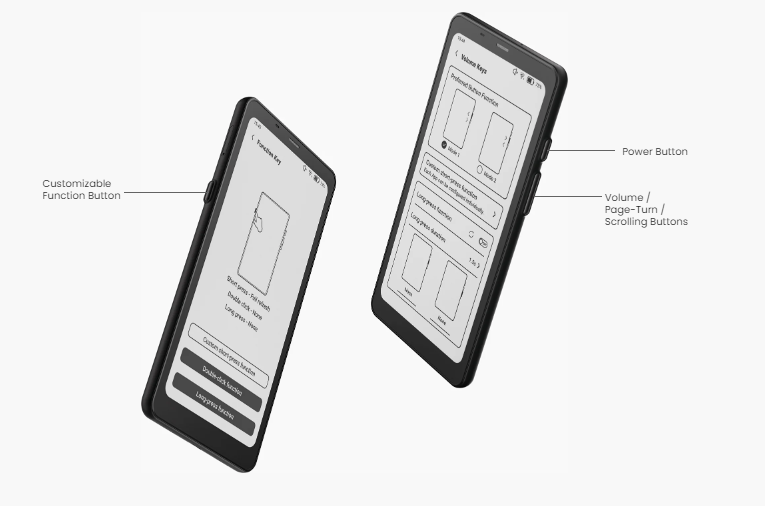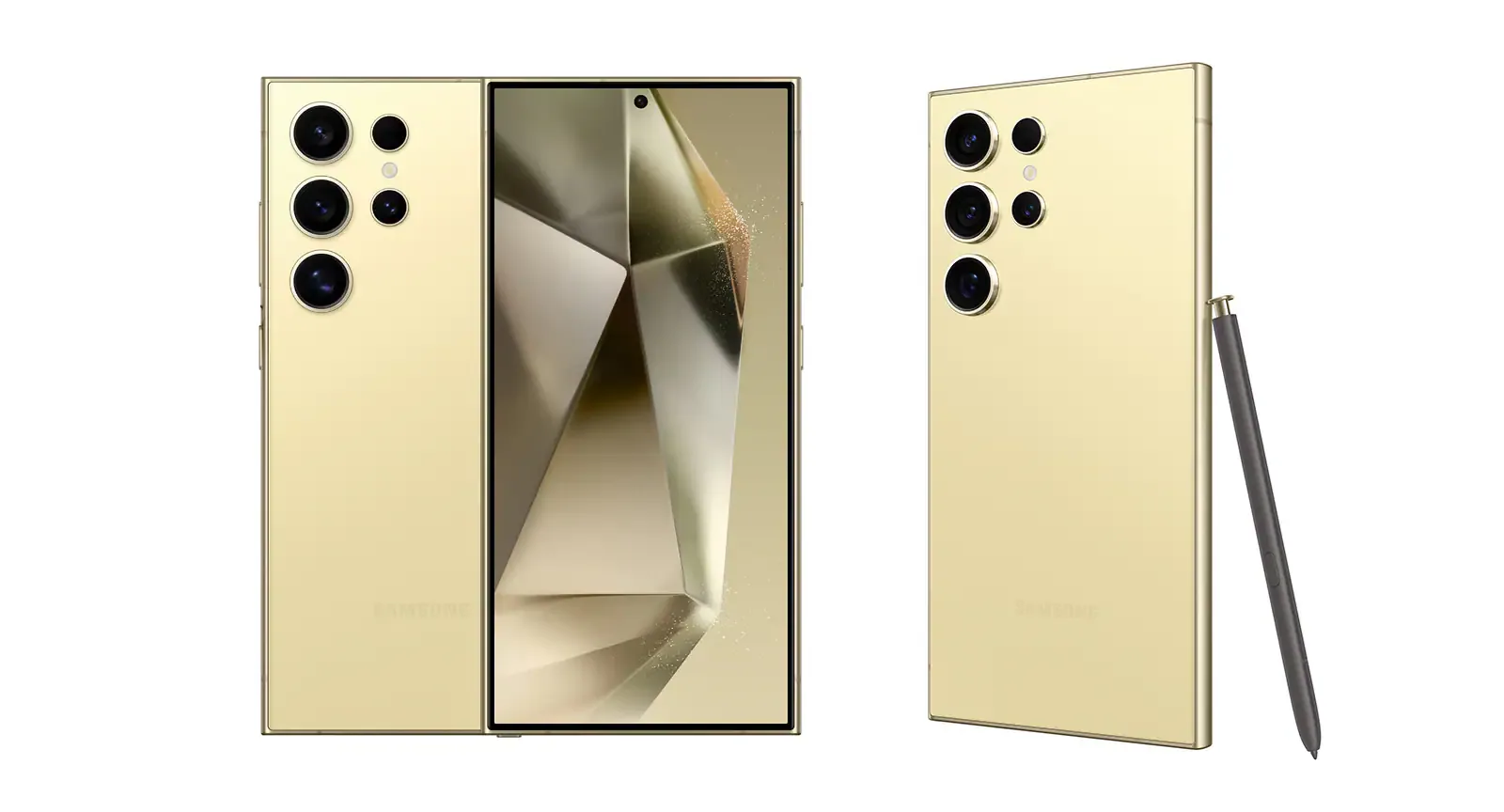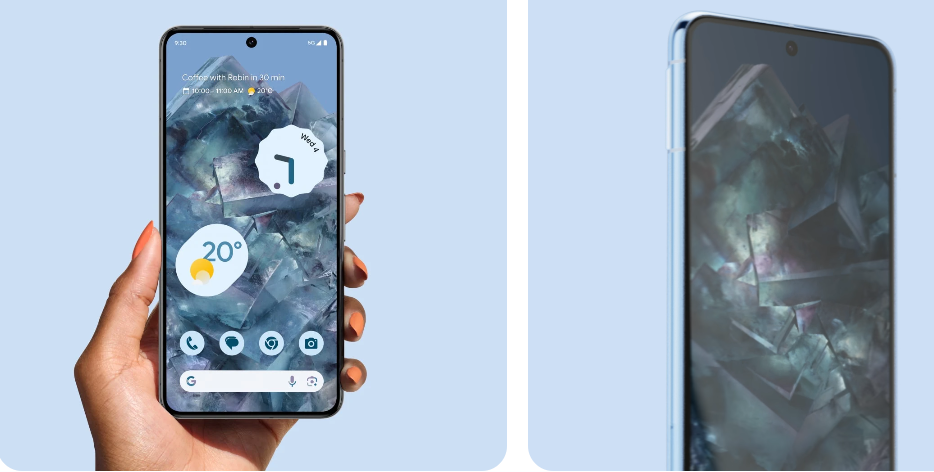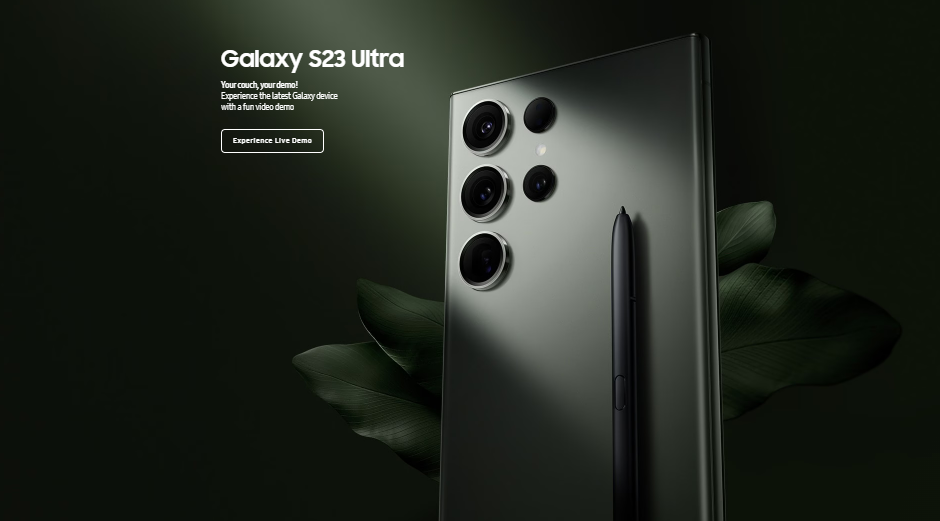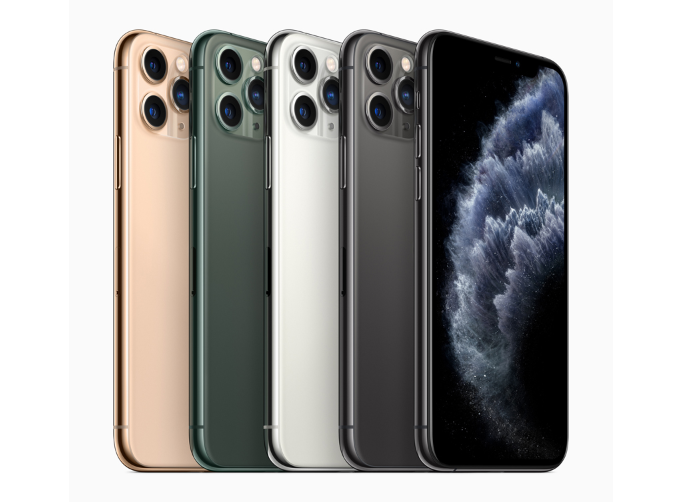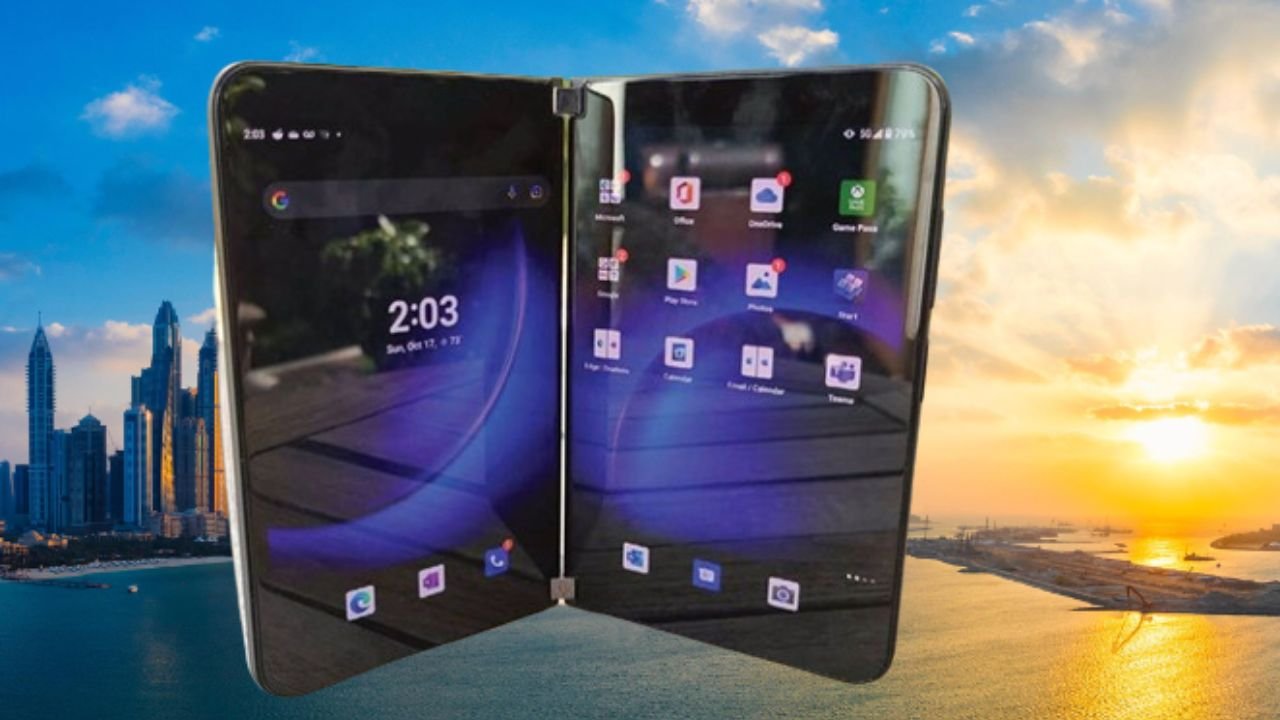In The Boox Palma Review, Pocket-Sized Wonder, a new release from Onyx—a Chinese company known for its diverse range of e-readers—is an intriguing addition to the market. Onyx often showcases the latest E Ink technologies, such as color Kaleido screens, in its products. For instance, their Tab Ultra C Pro resembles an e-reader version of the iPad Pro, complete with a keyboard accessory.
Priced at $280, the Palma isn’t aiming to be a technological powerhouse. It’s essentially a phone-sized e-reader running Android, or you could see it as a budget Android phone with a monochrome E Ink screen and no cellular connectivity. While E Ink smartphones, like those from Hisense, are available, the Palma is designed primarily as an e-reader.
With Android and access to the Google Play Store, the Palma allows you to install apps such as Kindle, The New Yorker, Substack, and many others. While it’s not ideal for watching YouTube, it excels in providing reading material. Onyx’s own store is minimal, featuring mostly public-domain works.
Pocket-Sized Wonder: The Boox Palma Review
Initially, I was skeptical about the Palma’s 6.13″ screen with its phone-like aspect ratio. Despite its sharp 300ppi display and micro-etched glass, I wondered if it could offer a proper e-reading experience, especially since I usually prefer larger screens like the iPad-sized Kindle Scribe. However, I quickly adapted to the Palma’s screen and started to appreciate its form factor as potentially the best for e-readers.
Though not the first phone-sized e-reader, the Palma stands out with its thoughtful, reader-centric design. The plastic back has a textured, paper-like feel, making it comfortable to hold for extended periods. A button on the left refreshes the screen to clear ghosting, and the volume rocker can be configured as page-turn buttons, enhancing the reading experience significantly compared to modern Kindles.
While Onyx hasn’t drastically altered Android for the Palma, they have made several useful adjustments for e-reading. The screen offers different refresh modes tailored to various tasks. For example, HD mode is optimal for reading text as it refreshes more frequently to maintain detail, whereas Ultrafast mode, though less visually appealing, allows for practical scrolling and even occasional video watching. Users can customize settings like contrast on a per-app basis and adjust frontlight brightness and color temperature via sliders in the notification shade.
Admittedly, the Palma requires some initial setup, but the payoff is the fastest and most adaptable E Ink screen I’ve encountered. After a brief setup period, I had the device optimized for my preferred apps. The default settings for the frontlight might be a bit conservative and skew cool, but they are easily adjustable to match different lighting conditions.
The Palma also excels as a surprisingly effective music player. While it lacks a headphone jack, it supports Bluetooth pairing for seamless use with apps like Apple Music and Spotify. I primarily use the Palma offline, so pre-downloading music gives it a nostalgic iPod-like feel. With 128GB of internal storage—more than ample for e-books and quite sufficient for music—it also features a microSD card slot for further expansion.
I often lose track of my downloaded music across different devices and accounts. The Palma offers a stable platform to store my favorite music, ensuring that I can access it anytime without the unpredictability of streaming services. The e-reader’s power efficiency is a major advantage here; although high refresh rate modes and extensive internet use can drain the battery quickly, typical usage sees battery life measured in weeks.
What sets the Palma apart is its constant availability. It has the feel of a phone, encouraging frequent use. Yet, despite its screen, it doesn’t function like a phone, which can be a boon for those looking to reduce their screen time. The Palma isn’t necessarily for those wanting to completely unplug from technology, but it’s perfect for anyone who wants to replace mindless social media scrolling with meaningful reading. In just a few months with the Palma, I’ve read more books than I had in the entire previous year.
Reading on the Palma is effortless. The volume/page-turn buttons enhance the experience significantly. Whether you’re holding the device in your right hand and resting your thumb on the rocker or using your left hand to turn pages with your index finger, the screen size quickly becomes a non-issue.
While I enjoy using phones, I recognize that much of the time spent on them isn’t particularly meaningful. As a child, I was addicted to reading books, often told to stop reading at the dinner table much like kids are told to put their phones away today. I’ve always had a desire to read, and the Palma ensures that what I’m reading is beneficial. Books enrich my life far more than social media ever could.
It’s difficult to imagine how Onyx could improve the Palma. If it had cellular connectivity, I’d probably just be scrolling through Twitter in monochrome. Sure, faster or wireless charging would be nice, and maybe better lock screen wallpapers, but these are minor points.
The Boox Palma is an exceptional product, arguably my favorite e-reader of all time. It’s the one I’m most likely to use consistently, making it invaluable to my reading habits.
Quick Overview: Pocket-Sized Wonder – The Boox Palma
The Onyx Boox Palma, released in August 2023, stands out as a versatile e-ink device that meets multiple needs, addressing common frustrations with traditional e-readers. Unlike typical e-readers like Kindle or Kobo, the Palma is pocket-sized and offers one-handed operation. It features a crisp e-ink display similar in pixel density to standard Kindles, ensuring high text quality. A front sensor adjusts screen brightness automatically, and customizable buttons enhance user convenience—features absent in other e-readers.
The Palma’s native reading app includes thoughtful functionalities such as auto page-turn intervals, a floating toolbar for bookmarks and text-to-speech, and multi-book tabs. However, its complexity makes it less preferred compared to simpler apps on Kindle or Kobo. Fortunately, as the Palma runs on Android, users can install any app from the Play Store, like the Kindle app or Moon+ Reader, allowing for a personalized reading experience. It also supports streaming music and podcasts through apps like Spotify, and while the built-in speaker is subpar, Bluetooth connectivity ensures a decent listening experience with external devices.
The device allows installation of apps beyond Google’s Play Store, including lightweight web browsers optimized for e-ink screens. This makes it useful for quick web searches and checking emails, though typing long emails is cumbersome due to screen delay. While the Palma resembles a smartphone, it lacks cellular capabilities, relying on Wi-Fi for downloads. It can, however, facilitate calls and texts via apps like WhatsApp or Google Voice.
The Palma runs on Android 11, which could limit future app support and increase vulnerability to security threats. The plastic build also feels less premium compared to similarly priced devices like the Kobo Libra Color or Kindle Paperwhite. Despite these drawbacks, the Palma has become an indispensable device, even replacing the author’s iPhone for daily use, thanks to its multifunctionality and convenience.
Descriptions, Details And Specifications
| Description | Details |
|---|---|
| Boox Palma Overview | Introducing Palma: Unleash the Power of Mobile ePaper |
| Display | 6.13″ E Ink Carta Touchscreen |
| Storage and Portability | 6GB RAM, 128GB UFC 2.1 storage, expandable with microSD card or USB-C flash drive |
| Reading Features | Dual-tone illumination for any environment |
| Customization | Android 11 OS, supports third-party apps |
| Device Description | The Boox 6.13″ Palma E-Ink Tablet features a 1648 x 824 resolution at 300 ppi, Qualcomm Octa-Core processor, supports various ebook formats, Wi-Fi, Bluetooth. |
| In the Box | Boox 6.13″ Palma E-Ink Tablet (Black), Card Tray Eject Tool, USB-C Cable, Limited 1-Year Manufacturer Warranty |
| Not in the Box | Essential Power Adapters |
| Boox Palma Specs | Details |
|---|---|
| Key Specs | |
| Operating System | Android 11 |
| Processor | Qualcomm |
| Total Installed Memory | 6 GB |
| Display Size | 6.13″ |
| Total Installed Capacity | 128 GB |
| Media/Memory Card Slot | Single Slot: microSD/microSDHC/microSDXC |
| Inputs/Outputs | 1x USB-C (Unspecified Interface) |
| Wi-Fi | Wi-Fi 5 (802.11ac); Dual-Band (2.4 & 5 GHz) with MU-MIMO Support |
| Bluetooth | 5.0 |
| Cellular Support | No |
| Camera System | Rear 16 MP Sensor |
| Performance | |
| CPU | 8-Core |
| Sensors | Ambient Light Sensor, Gyroscope |
| Memory Type | LPDDR4x |
| Display | |
| Panel Type | E-Paper |
| Resolution | 1648 x 824 |
| Pixels Per Inch (ppi) | 300 ppi |
| Storage and Expansion | |
| Solid State Storage | UFS |
| Inputs / Outputs | |
| Inputs/Outputs | 1x USB-C (Unspecified Interface) |
| Communications | |
| GNSS Support | No |
| NFC | No |
| Battery | |
| Battery Chemistry | Lithium-Ion Polymer (LiPo) |
| Capacity | 3950 mAh |
| General | |
| Dimensions | 6.3 x 3.1 x 0.3″ / 159 x 80 x 8 mm |
| Weight | 6 oz / 170 g |
| Packaging Info | |
| Package Weight | 0.8 lb |
| Box Dimensions (LxWxH) | 7.1 x 4.5 x 1.3″ |
Recommended For You:
Apple Watch Series 10 to Feature Larger Display According to Mark Gurman
Realme GT 6 Review: Reliable Performance at an Affordable Price
OnePlus Ace 3 Pro Launched: Price, Specifications
Oppo Reno 12F 5G: Specifications
OnePlus Nord CE 4 Lite Review: Modern Display, Old Chipse
Samsung Galaxy F55 5G Review: A Sleek Midranger
Oppo Reno 10 Review: Affordable with a Few Drawbacks
Samsung Galaxy S24 Ultra review: What’s Ultra In It?
Google Pixel 8 Pro Review: Where the Smartphone Meets Reality
Honor 200 Pro Review: A Portrait Photography Powerhouse
Samsung Galaxy A55 Review: Elevating Mid-Range Standards
Samsung Galaxy A35 review | A Mid-Range Marvel
Best Foldable Phones in 2024: Samsung Galaxy Z Fold, Z Flip, Pixel Fold, Moto Razr
iPhone 15 Pro Max Review: Is It Worth It?
Bose QuietComfort Ultra Earbuds Review
Best Rugged Phones To Choose From
